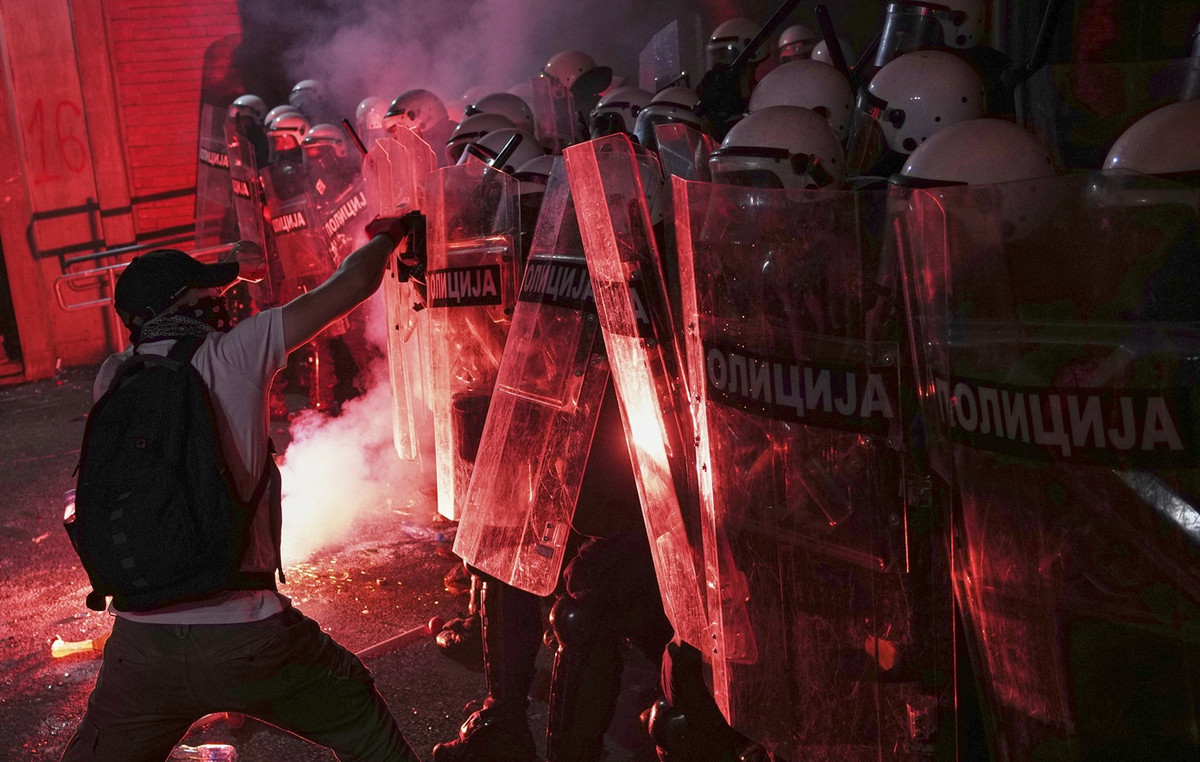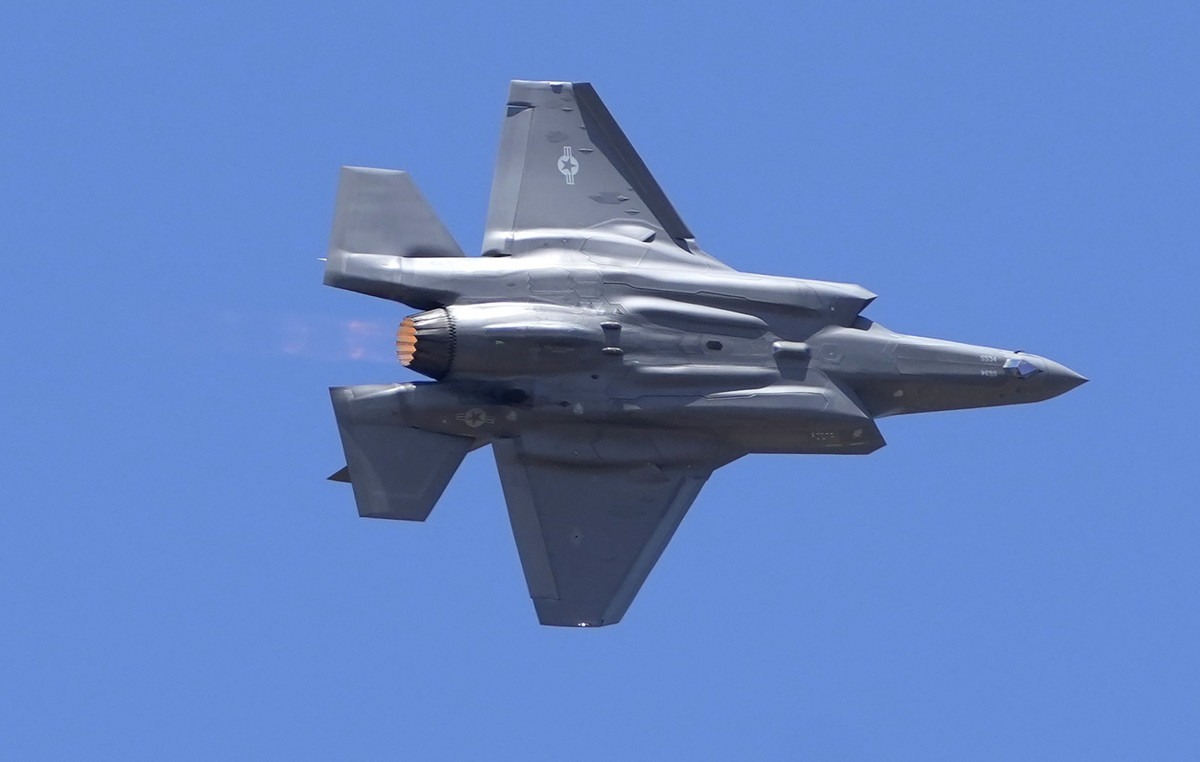Since the start of the Russian invasion of Ukraine on February 24, more than 3.6 million refugees have left the country in an attempt to flee the war. According to the United Nations High Commissioner for Refugees (UNHCR), this is already the fastest growing refugee crisis in Europe since the Second World War.
The vast majority of these refugees are located in European countries, especially those bordering Ukraine. The welcoming reception of this population contrasts with the way European countries dealt with the last major refugee crisis, between 2015 and 2016. Migrants coming mainly from Syria and other Middle Eastern countries were trying to escape the war in their territories.
In early March, the European Union unanimously granted temporary protection to Ukrainians. The ruling stipulates that refugees from the war in Ukraine have the right to residency, access to the labor market, medical care and early childhood education for at least one year.
Countries have also taken initiatives of their own to receive Ukrainian migrants. The United Kingdom, which is no longer part of the European Union, even offered an allowance for its population to shelter refugees.
Between 2015 and 2016, an estimated 1 million refugees from the Middle East moved to Europe and were received much less welcomingly. Most of them went to Turkey, a country that is not part of the European Union, from there, some tried to enter Greece so that they could have access to free movement between the countries of the bloc.
The situation in the past decade has led to an escalation of anti-immigration policies on the continent. An agreement was made between Turkey and the European bloc in 2016, causing all irregular migrants who tried to enter Greece through the border to be sent back to the country.
In the assessment of Jeff Crisp, former director of UNHCR and the International Organization for Migration, the difference in the response of European countries between the two migration crises is clear. “Ukrainians have moved faster and in greater numbers, but there is not the same sense of alarm and fear in Europe.”
Crisp points out some factors that explain the difference, the first of which is racial and ethnic discrimination. “Ukrainians are seen as white, Christian Europeans,” he explains. Refugees coming from the Middle East were not perceived as white, and some were Muslim. For Crisp, these characteristics made Europeans fear possible terrorist threats.
The proximity of Ukraine and the fact that the war in the country is being constantly reported by the media around the world also influence the European response. Crisp explains: “There is little doubt whether these people are refugees or not. In 2015 and 2016, there was a feeling that maybe some people were refugees, but others could just be economic migrants, looking for better life opportunities.”
Furthermore, Russia poses a threat not only to Ukraine, but to the whole of Europe. In the past decade, many people didn’t really know what was happening in Syria, and even if they did, they felt little affected by the conflict itself.
However, UNHCR’s spokesman in Brazil, Luiz Fernando Godinho, explains that, from a global point of view, it is more common for neighboring countries to welcome refugees from a given region. “Syria’s neighboring countries, such as Turkey, Lebanon, Jordan and Iraq, have welcomed millions of Syrian refugees over the past decade.”
Refugees in Poland
Poland, which borders Ukraine and is a member of the European Union, is perhaps the clearest case of the difference in the treatment of refugees. More than 2.1 million Ukrainians are in the country, according to UNHCR data. The country’s president, Andrzej Duda, said in a statement that many were being taken in by Polish families, “because people know they must open their hearts and welcome refugees.”
However, Duda acts to tighten the laws against refugees in the country. In early 2021, when around 4,000 people from Iraq and other Middle Eastern countries were trying to enter Poland across the border with Belarus, which is not part of the European Union, the Polish government closed the border and people were sent back to Iraq.
The future of refugees in Europe
Jeff Crisp points out two possible scenarios after Europe has taken in Ukrainian refugees. In the positive scenario, welcoming Ukrainians would make Europeans empathize with the plight of all refugees, regardless of their country of origin.
Another possibility, which Crisp believes is the most likely, unfortunately, is that European countries will further limit the entry of refugees, on the grounds that they would already be overwhelmed with people coming from Ukraine.
The Danish government appears to confirm this hunch. While the country is welcoming Ukrainian refugees with open arms, the Danish authorities have been trying to send Syrian refugees back to their country – which remains at war – since 2019.
Godinho is more optimistic and emphasizes that the reception and reception of refugees from Ukraine should be commended. “We hope this example will be inspiring to reverse a series of toxic narratives and policies seen in other refugee crises”, he says, “it is crucial that the European Union and other countries continue to admit people from other countries into their territories”.
Source: CNN Brasil
I’m James Harper, a highly experienced and accomplished news writer for World Stock Market. I have been writing in the Politics section of the website for over five years, providing readers with up-to-date and insightful information about current events in politics. My work is widely read and respected by many industry professionals as well as laymen.







